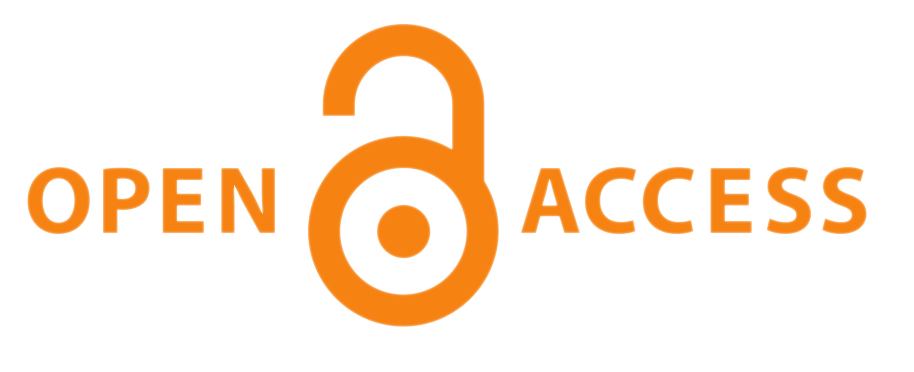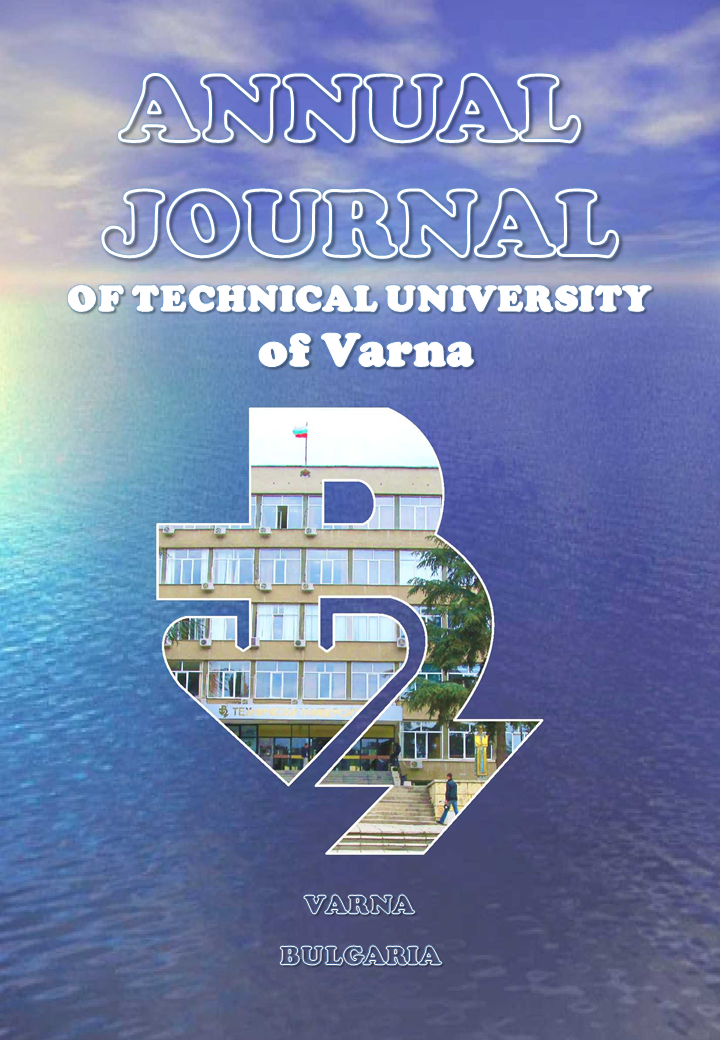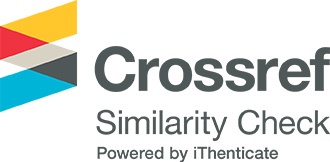Experimental Study of the Characteristic of a PEM Reversible Fuel Cell
##semicolon##
https://doi.org/10.29114/ajtuv.vol6.iss1.263##semicolon##
fuel cell##common.commaListSeparator## mode##common.commaListSeparator## proton exchange membrane##common.commaListSeparator## electrolyze##common.commaListSeparator## polymer electrolyte membraneАбстракт
Renewable energy sources are the proper way to protect and preserve the natural resources of the only planet we inhabit. The fuel cell is an interesting solution in the field of renewable energy sources. These devices convert the chemical energy from hydrogen and oxygen into electrical and thermal energy. The present paper, therefore, focuses exclusively on their ability to generate electricity, their energy efficiency, quiet mode of operation, and environmental compatibility. The polymer electrolyte membrane fuel cell coverts the energy at high density of power. The weight and cost of this cells are lower than the other kind of fuel cell. A reversible proton exchange membrane fuel cell is a kind of PEM fuel cell. It can operate in two modes - fuel cell mode and electrolyzer mode. Presented in the current paper are the experimental studies conducted into the operation of the fuel cell in electrolyzer and fuel cell mode. The relevant parameters and characteristics obtained from experiments are analyzed in relation to the mode of operation.
Изтегляния
##submission.citations##
<p style="text-align: justify;">Akinyele, D., Olabode, E. & Amole, A. (2020). Review of Fuel Cell Technologies and Applications for Sustainable Microgrid Systems. <em>Inventions</em>, <em>5</em>(3), 42. <br /><a href="https://doi.org/10.3390/inventions5030042" target="_blank">Crossref</a></p>
<p style="text-align: justify;">Cheddie, D. & Munroe, N. (2006). Three-dimensional modelling of high temperature PEM fuel cells, <em>Journal of Power Sources</em>, <em>160</em>(1), 215-223. <br/><a href="https://doi.org/10.1016/j.jpowsour.2006.01.035" target="_blank">Crossref</a></p>
<p style="text-align: justify;">Fuller, T. F., & Gallagher, K. G. (2008). Phosphoric acid fuel cells. In <em>Materials for fuel cells</em> (pp. 209-247). Woodhead Publishing.<br/> <a href="https://doi.org/10.1533/9781845694838.209"target="_blank">Crossref</a></p>
<p style="text-align: justify;">Giap, V.-T., Lee, Y.D., Kim, Y. S., Bui, T. & Ahn, K. Y. (2022). New definition of levelized cost of energy storage and its application to reversible solid oxide fuel-cell. <em>Journal of Energy</em>, <em>239</em>, Part C, 15 January 2022, 122220.<br/><a href="https://doi.org/10.1016/j.energy.2021.122220"target="_blank">Crossref</a></p>
<p style="text-align: justify;">Gülzow, E., & Schulze, M. (2008). Alkaline fuel cells. In <em>Materials for Fuel Cells</em> (pp. 64-100). Woodhead Publishing.<br/><a href="https://doi.org/10.1533/9781845694838.64"target="_blank">Crossref</a></p>
<p style="text-align: justify;">Joghee, P., Malik, J. N., Pylypenko, S., & O’Hayre, R. (2015). A review on direct methanol fuel cells–In the perspective of energy and sustainability. <em>MRS Energy & Sustainability</em>, <em>2</em>. <br/><a href="https://doi.org/10.1557/mre.2015.4"target="_blank">Crossref</a></p>
<p style="text-align: justify;">Kui, J. & Xianguo, L. (2011). Water Transport in Polymer Electrolyte Membrane Fuel Cells.<em> Progress in Energy and Combustion Science</em>, <em>37</em>(3), 221-291. <br/><a href="https://doi.org/10.1016/j.pecs.2010.06.002"target="_blank">Crossref</a>.</p>
<p style="text-align: justify;">Mitzel, J.,Zhang, Q., Gazdzicki, P., & Friedrich, K. (2021). Review on mechanisms and recovery procedures for reversible performance losses in polymer electrolyte membrane fuel cells. <em>Journal of Power Sources</em>, <em>488, </em><br/><a href="https://doi.org/10.1016/j.jpowsour.2020.229375"target="_blank">Crossref</a></p>
<p style="text-align: justify;">Ou, M., Zhang, R., Shao, Z., Li, B., Yang, D., Ming, P., Zhang, C. (2021). A novel approach based on semi-empirical model for degradation prediction of fuel cells, <em>Journal of Power Sources</em>. <em>488</em>, 229435.<br/><a href="https://doi.org/10.1016/j.jpowsour.2020.229435"target="_blank">Crossref</a></p>
<p style="text-align: justify;">Peng, J., Shin, J. & Song, T. (2007). Transient response of high temperature PEM fuel cell. <em>Journal of Power Sources</em>, <em>179</em>, pp. 220-231.<br/><a href="https://doi.org/10.1016/j.jpowsour.2007.12.042"target="_blank">Crossref</a></p>
<p style="text-align: justify;">Rabih, S., Rallieres, O., Turpin, C. & Astier S. (2008). Experimental study of a PEM Reversible Fuel Cell<em>. </em> <em>RE&PQJ, 1</em>(6), 216-221.<br/><a href="https://doi.org/10.24084/repqj06.268"target="_blank">Crossref</a></p>
<p style="text-align: justify;">Rexed, I., della Pietra, M., McPhail, S., Lindbergh, G. & Lagergren, C. (2015). Molten carbonate fuel cells for CO<sub>2</sub> separation and segregation by retrofitting existing plants – An analysis of feasible operating windows and first experimental findings. <em>International Journal of Greenhouse Gas Control</em>, <em>35</em> pp.120-130.<br/><a href="https://doi.org/10.1016/j.ijggc.2015.01.012"target="_blank">Crossref</a></p>
<p style="text-align: justify;">Sharaf, O. & Orhan, M., A. (2014). An overview of fuel cell technology: Fundamentals and applications. <em>Renewable and Sustainable Energy Reviews</em>, <em>32</em>, pp.810-853. <br/> <a href="https://doi.org/10.1016/j.rser.2014.01.012"target="_blank">Crossref</a></p>
<p style="text-align: justify;">Streblau, M., Aprahamian, B., Simov, M. & Dimova, T. (2014). The influence of the electrolyte parameters on the efficiency of the oxyhydrogen (HHO) generator. In 2014 <em>18th International Symposium on Electrical Apparatus and Technologies (SIELA)</em> (pp. 1-4). IEEE.<em> </em> <br/><a href="https://doi.org/10.1109/siela.2014.6871898"target="_blank">Crossref</a></p>
##submission.downloads##
Публикуван
##submission.howToCite##
Брой
Раздел (Секция)
##submission.license##
СПОРАЗУМЕНИЕ ЗА ПУБЛИКУВАНЕ
Годишника на Технически университет - Варна (ГТУВ) цели да гарантира, че постъпващите статии се публикуват, като същевременно се предоставя значителна свобода на публикуващите ги автори. За изпълнение на тази цел, ГТУВ поддържа гъвкава политика относно авторските права, което означава, че няма прехвърляне на авторски права от автора на издателя, а авторите запазват изключително авторско право върху интелектуалното си произведение.
При изпращане на статия, Отговорния автор трябва да се съгласи и приеме правилата и условията за публикуване, изложени в настоящото Споразумение за публикуване, които са както следва:
ПРЕДОСТАВЯНЕ НА ПРАВА ОТ ОТГОВОРНИЯ АВТОР
Отговорния автор предоставя на ГТУВ за времето на пълния срок на авторското право и всяко следващо удължаване или подновяване, следното:
• Неотменимо, неизключително право да публикува, възпроизвежда, предоставя, разпространява или по друг начин използва предоставената работа в електронни и печатни издания и в производни произведения в целия свят, на всички езици и във всички известни съществуващи или в последствие възникнали медии.
• Неотменимо, неизключително право да създава и съхранява електронни архивни копия на работата, включително правото да депозира предоставената работа в дигитални хранилища с отворен достъп.
• Неотменимо, неизключително право на лицензиране на други лица да възпроизвеждат, превеждат, преиздават, предоставят и разпространяват предоставената работа при условие, че авторите са надлежно идентифицирани (за момента това се извършва чрез публикуване на произведението под лиценз Creative Commons Attribution 4.0 Unported).
С предоставянето на работата за публикуване, авторските права върху материала остават на авторите. Авторите запазват всички патентни, търговски марки и/или други права върху интелектуалната си собственост.
ЗАДЪЛЖЕНИЯ НА ОТГОВОРНИЯ АВТОР И СЪАВТОРИТЕ
При последващо разпространение или повторно публикуване на предоставената работа, Отговорния автор се съгласява да идентифицира ГТУВ, в който е публикувано произведението като първоначален източник на първото публикуване на работата. Отговорния автор гарантира, че съавторите също ще посочват ГТУВ като източник на първото публикуване, когато разпространяват, преиздават или се позовават на настоящата работа в бъдещи свои публикации.
ГАРАНЦИИ ОТ СТРАНА НА ОТГОВОРНИЯ АВТОР
Отговорния автор гарантира че предоставената за публикуване работа не нарушава никои действащи нормативни разпоредби или законни права на която и да е трета страна. Същия гарантира че работата не съдържа какъвто и да е материал, който може да се възприеме от читателската аудитория като неетичен, компрометиращ, нехуманен, расистки, клеветнически и/или нарушаващ авторски и/или имуществени права, права на интелектуална собственост или поети ангажименти за поверителност към трети страни. Отговорния автор гарантира че предоставеният материал е с оригинално съдържание, не е официално публикуван в никое друго издателство, както и че не е в процес на публикуване пред други издателства. Отговорния автор също така гарантира че притежава съответните правомощия да сключи настоящото споразумение. Ако предоставяната работа е подготвена съвместно с други съавтори, Отговорния автор гарантира че всички останали съавтори са информирани и са съгласни предоставения материал да бъде публикуван в ГТУВ.
Отговорния автор лично (или от името на авторския колектив) дава съгласието си да не въвлича по никакъв начин ГТУВ като страна в каквито и да било научни, академични, административни и/или съдебни спорове, в случаите на установени нарушения на горепосочените декларации и гаранции.
ПРАВА И ЗАДЪЛЖЕНИЯ НА ГТУВ
ГТУВ се съгласява да публикува предоставения материал, в случаите когато същия отговаря напълно на всички необходими качествени, технически и редакционни изисквания, като го идентифицира еднозначно с авторите му. В следствие на настоящото споразумение, на ГТУВ се предоставя правомощие да упражнява права при необходимост от името на авторите върху трети лица, като например в случаите на установено плагиатство, нарушаване на авторски права и др.
Декларация за поверителност на лични данни
Вашите имена и имейл адреси, въведени в уебсайта на ГТУВ, ще бъдат използвани само и изключително за обявените цели на настоящото списание и няма да бъдат използвани за никакви други цели от издателя или предоставяни на друга - трета страна.
Издателят се задължава да извърши всички необходими действия, цялата предоставена лична информация да остане конфиденциална, в рамките на издателя и да не бъде споделена с външни обекти или субекти, освен ако не е дадено предварително изрично разрешение от собственика на личните данни.
Вашата лична информация няма да бъде обект на продажба, разпространение или публикуване по какъвто и да е начин и под каквато и да е форма.









